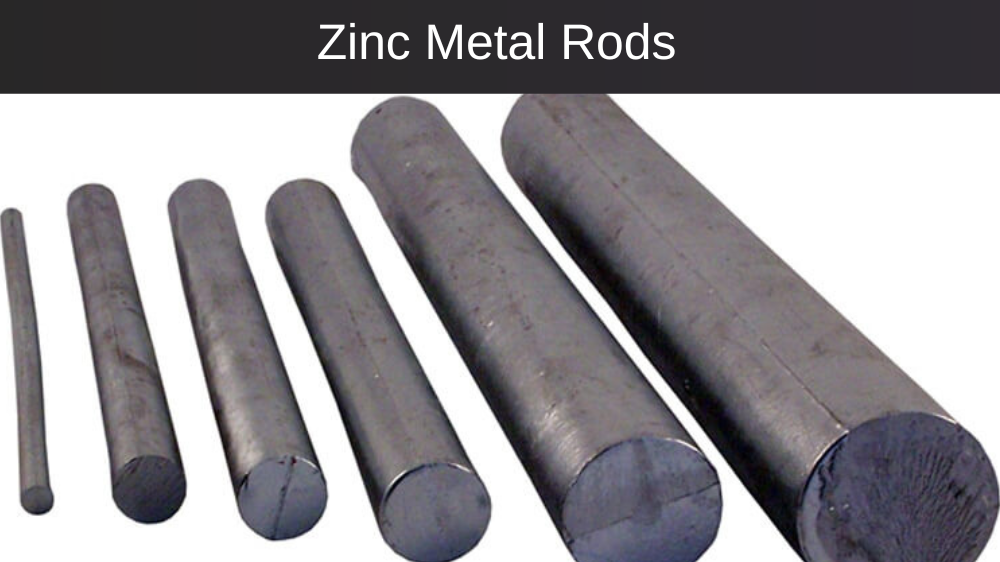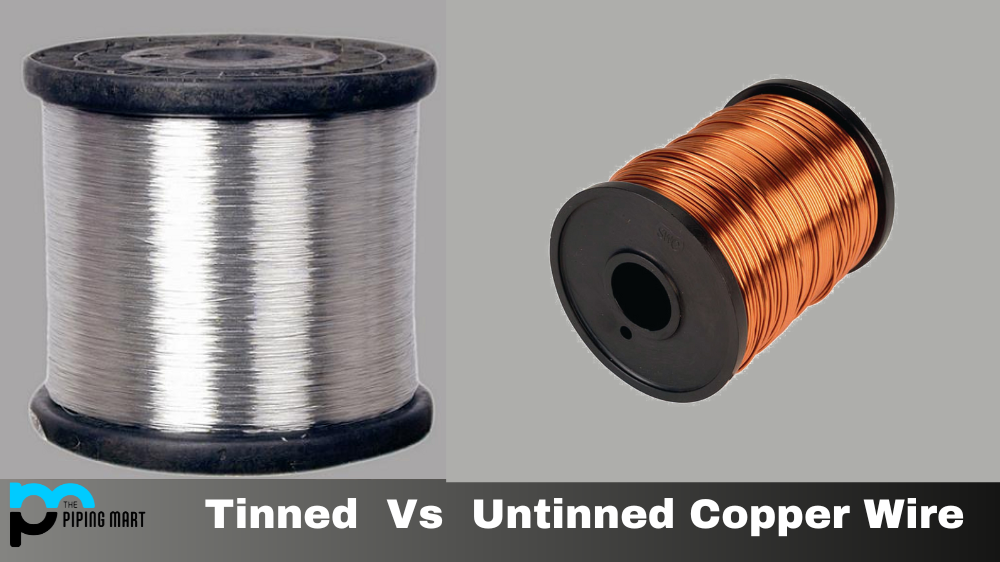When choosing the right material for your project, stainless steel is one of the most popular options. This premium material boasts an impressive range of benefits, including high strength, durability, and resistance to various forms of corrosion. However, not all stainless steel is created equal. Two of the most common grades, 308 and 316, are frequently compared regarding their benefits and drawbacks. This blog post explores what sets these materials apart and the scenarios where each might be the better choice.
What is Stainless Steel 308?
Stainless steel 308 is austenitic chromium, nickel, and molybdenum alloy with excellent corrosion-resistance properties. It offers superior heat resistance to other stainless steel alloys while providing strong mechanical strength. Its anti-magnetic properties make it ideal for food industries or medical environments. Additionally, its low carbon content prevents the formation of carbide precipitation in welding, which increases its utility and capacity for long-term performance in almost any application.
What is Stainless Steel 316?
Stainless steel 316 is a type of austenitic stainless steel that contains chromium, nickel and molybdenum. It has excellent corrosion, temperature and stress-corrosion cracking resistance, making it ideal for industrial applications such as chemical storage tanks and heat exchangers. Its ability to withstand extreme temperatures makes it suitable for medical devices or production processes involving high heat.
Difference Between Stainless Steel 308 and 316
Chemical Composition
One of the main differences between 308 and 316 stainless steel is their chemical composition. Grade 308 stainless steel is primarily iron, with small amounts of carbon, manganese, and silicon. It also includes a significant amount of chromium, which gives it its stainless properties. On the other hand, grade 316 stainless steel contains more significant amounts of additional alloys, such as molybdenum, nickel, and nitrogen. This composition makes 316 more resistant to both corrosion and staining than 308.
Corrosion Resistance
The ability to resist corrosion is one of the most significant advantages of stainless steel compared to other materials. While both grades of stainless steel offer strong corrosion resistance, 316 typically performs better in this regard. The additional alloy content in 316 allows it to withstand exposure to harsher environments than 308 stainless steel. This makes it an excellent choice for marine or chemical environments where corrosion is a real risk.
Strength and Durability
Another critical factor when comparing stainless steel grades is their strength and durability. 308 and 316 stainless steel offers excellent strength and durability at room temperature. However, 316 stainless steel generally offers greater strength, especially when exposed to higher temperatures. This makes it an excellent choice for applications that require high structural integrity, such as in the construction of bridges or high-temperature industrial settings.
Cost
Another critical consideration when choosing between stainless steel grades is the cost. Generally, 316 stainless steel will cost more than 308 stainless steel. This is because it contains more alloys, which are more expensive. However, the higher initial cost may be worth it in the long run, as it can offer better protection against corrosion and may last longer than the less expensive grade.
Conclusion
Stainless Steel 308 and 316 are incredibly versatile and high-performing materials with various applications. While they share many similarities, they differ in chemical composition, corrosion resistance, strength and durability, and cost. Choosing the right grade of stainless steel for your project requires a thorough understanding of the specific demands of your application. By understanding these differences and working with a trusted metal supplier, you can confidently choose the right material for your project, knowing it will deliver exceptional performance for years.

Abhishek is a seasoned blogger and industry expert, sharing his insights and knowledge on various topics. With his research, Abhishek offers valuable insights and tips for professionals and enthusiasts. Follow him for expert advice on the latest trends and developments in the metal industry.




